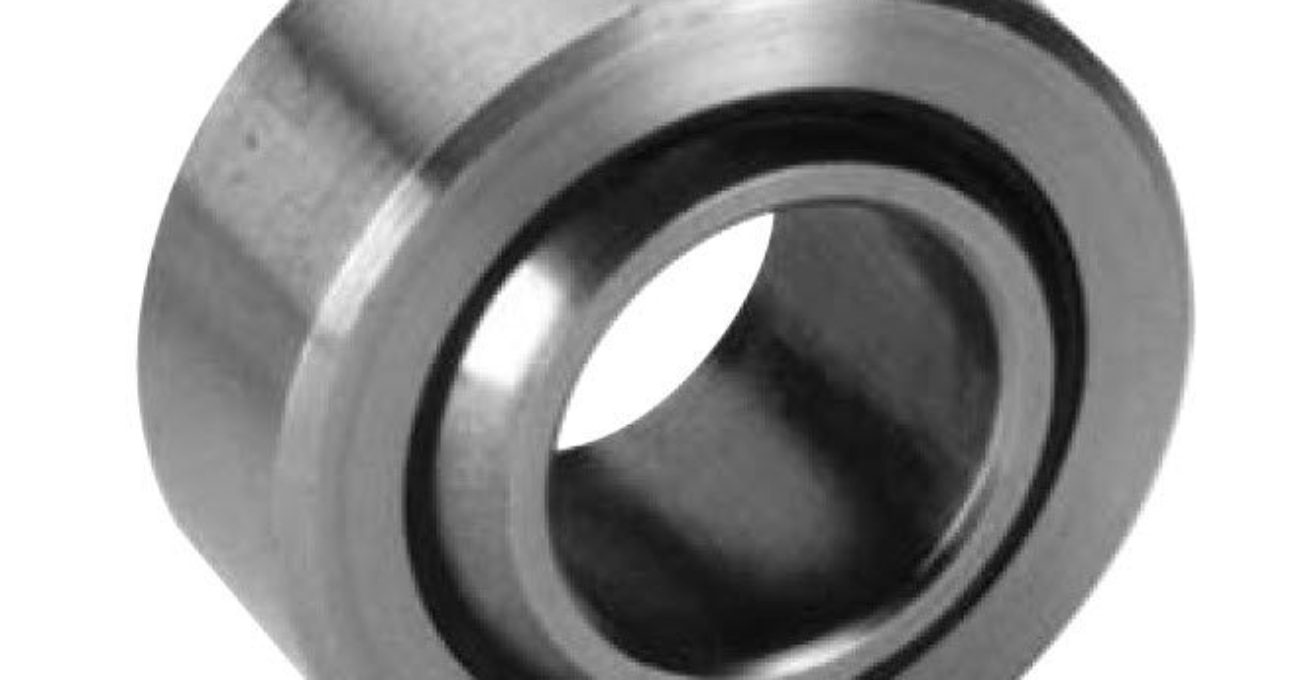Predicting equipment failure risk (Edge Magazine)
In 1958, Andrew Jardine started working as an apprentice fitter for Michael Nairn
The factory’s machinery inevitably broke down from time to time. A common equipment failure at the facility happened in “journal bearings” — ring-shaped bearings that enclose a rotating shaft.
Jardine learned to place one end of a metal ruler on the outside of the bearing, and the other next to his ear. He could hear and feel changes in the vibration of the machinery that told him when it was time to replace or repair.
Today, Jardine is a professor emeritus in U of T’s Department of Industrial Engineering, with expertise in “predictive maintenance.” His metal ruler is long gone — replaced by accelerometers, statistical models and machine algorithms — but the goal is the same: to predict failure risk, and replace or repair at the optimal moment.
“Manufacturers want highly reliable systems — they do not want production disrupted due to equipment failure,” he says. “Monitoring the health of equipment was always a key activity. It’s different now, though, because we are being overwhelmed with data.”
Mechanical sensors create data sets so large that machines are also needed to extract meaning from the readings.
Jardine drew on insights from the field of medicine for his analysis software programs. Doctors and medical researchers were learning how to wade through masses of data to pinpoint the risk of something going terribly wrong. Jardine migrated such research from bodies to machines.
He tested his first software models on jet engines. Combining data on hours flown with analysis of iron and chromium content in the engine’s lubricants, Jardine found he could reliably predict risk of failure.
“We have been improving and generalizing our models ever since,” said Jardine. “We can’t say, ‘If you keep running it, this machine will break in three days.’ We can only speak in terms of risk and probabilities. But we can be very precise in our assessment of risk.”
Manufacturers do not require precise expiration dates to make decisions about repairing and replacing equipment — accurate odds will suffice. Jardine’s software asset’s original cost, changes to operating and maintenance expenses, and resale value.
A large marine shipping company sued EXAKT to analyze wear and tear on their vehicles. Working with Jardine, they figured out they could save $1.5 million per year simply by replacing their trucks every 10 years, rather than every 18.
“Asset management has transformed in the 50 years I’ve been working in the field,” Jardine says. “Nowadays many manufacturers do not just sell the item, they also provide maintenance support. And they want to ensure that the support they provide is optimal. For example, I’ve been collaborating with Bombardier to assist them in providing optimal maintenance schedules for their aircraft fleets. This is a service they can provide to their customers.”
Jardine’s models have become sophisticated enough that they are now starting to gain traction beyond the manufacturing sector — including back in the world of medicine. He works with a team of cancer specialists to adapt his “proportional hazards modeling” to improve screening strategies for conditions like breast cancer.
